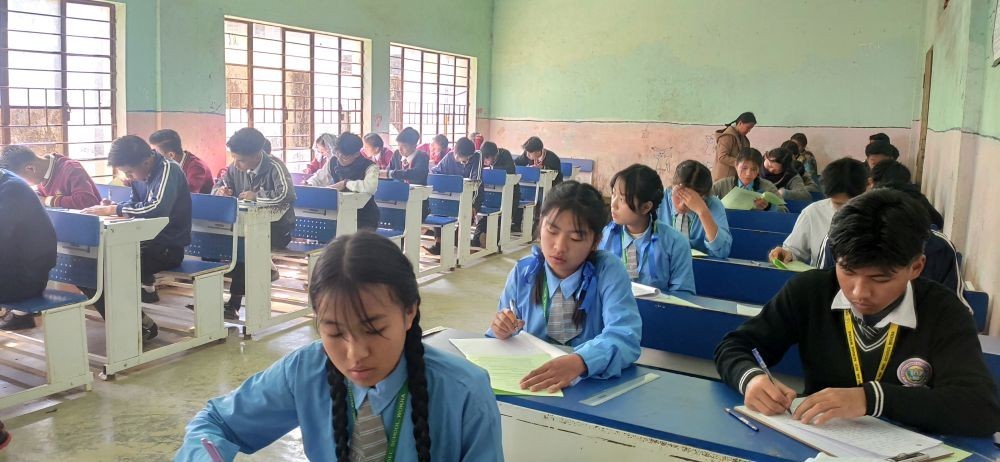
Morung Express News
Dimapur | November 18
Scientists have discovered a new species of parasitic flowering plant that has no chlorophyll, and survives by feeding on another species of plant that does, The Hindu reported on November 18. The chlorophyll allows plant make its own food using sunlight.
The species, named Gleadovia konyakianorum, in honour of the Konyak tribe of Nagas, was identified during a botanical exploration earlier this year near Tobu town of Mon district, the report said.
Dilip Kumar Roy, a scientist with the Botanical Survey of India (BSI) told the paper that the plant is a “holoparasite [complete parasite] that derives its entire nutritional requirement from the host plant, which is a Strobilanthes species. The plant was found in the semi-evergreen forest at an altitude of 1,500-1,600 metres.”
The species was found growing as a parasite on the stilt and subterranean roots of Strobilanthes sp. on the bank of streams and starts flowering in the month of April.
Along with Roy, two others – N Odyuo, also from the BSI, and a Russian scientist, Leonid V. Averyanov – have published the details of the newly discovered species in the October issue of Phytotaxa, a peer-reviewed scientific journal for rapid publication on any aspect of systematic botany.
The authors’ noting on the report said that it was discovered at, Pessao village, under Tobu town subdivision in Mon district.
According to the report, Roy said that though the plant has no chlorophyll, it has a vascular system and extracts its nutrition from the host plant with the help of a haustorium- a specialised structure with which plant parasites attach themselves to the tissue of host plants and derive nutrition.
‘Gleadovia konyakianorum’ is a root parasite that grows up to 10 cm in height, and bears white, tubular flowers.
This is only the fourth species from the genus Gleadovia to be found in the world, the report informed adding that the other three are Gleadovia banerjiana (discovered in Manipur), Gleadovia mupinense (found in China) and Gleadovia ruborum (discovered in Uttarakhand and also reported from China).
The white flowering parasite was found in a group of 15-20 plants, and since the species hasn’t been reported anywhere else, scientists have described its status as ‘data deficient’ as per the International Union for Conservation of Nature Red List of Threatened Species Criteria, it added.


.jpg)
.jpg)
.jpg)
